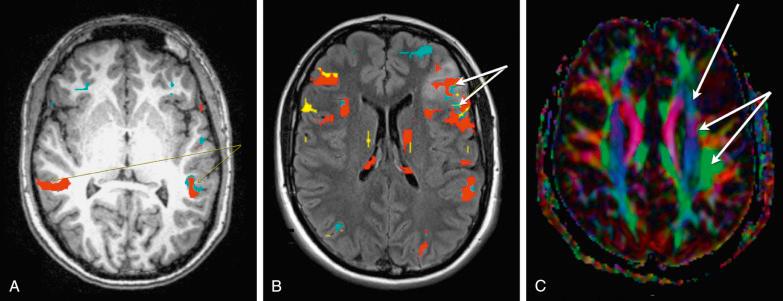Physical Address
304 North Cardinal St.
Dorchester Center, MA 02124
Neuro-oncological surgery has rapidly emerged and developed as a new field in neurosurgery focused on the treatment of tumors affecting the brain, cord and the peripheral nerves. It has undoubtedly relied on a parallel advance with technology.
With the introduction of computerized tomography (CT) and magnetic resonance imaging (MRI), neurosurgeons can plan the safest and most direct approach preoperatively. In addition, obtaining functional data through imaging is also possible. Some examples of these advancements are the functional magnetic resonance imaging (fMRI) and diffusion tensor imaging (DTI).
Intraoperative electrophysiological function surveillance and intraoperative mapping are immediate and precise tools that have helped to increase resection of intra-axial tumors adjacent to areas of presumed eloquence.
There is growing evidence that extensive surgical resection of tumors is associated with prolonged survival. Consequently, during the last decade, the primary goal in tumor surgery has been to maximize resection without inflicting new neurologic deficits.
Imaging improvements and software developments allow the possibility to have real-time imaging feedback and semi-automatized volumetric analysis to evaluate the extent of resection and residual volume of intra-axial lesions.
Surgical resection is the initial treatment for most patients with high-grade gliomas (HGG). Current literature reports that in HGG surgery, i.e. glioblastoma (GB), resections of >70–95% of amenable enhancing tumor or residual volumes <2 cm 3 , are necessary to make a positive impact in progression-free and overall survival. Patients who achieved these thresholds had an average of 5 months or 40% increase in survival. However, incomplete resections are commonly reported in HGG due its infiltrative growth pattern and diffuse borders.
Technical imaging advances have had an impact in extent of resection, increasing safety, overall survival and quality of life of the patients.
Maximizing resection without inflicting new neurological deficits is especially challenging in lesions located in or near eloquent areas. Accurate localization of sensorimotor, visual and language cortex, as well as their associated white matter tracts, is an essential adjunct to operate those cases successfully.
fMRI and DTI of eloquent cortex and white matter tracts are used for preoperative planning and intraoperative navigation.
Preoperative fMRI is intended to detect neuronal metabolic activity while stimulating the cognitive function to infer a map of cerebral eloquent areas. The reliability of motor, visual and language examination in fMRI depends strongly on the preoperative neurological status and the battery of paradigms used to test the cortical function while performing the functional tests (see Chapters 1 and 2 for awake surgery with intraoperative mapping).
The motor tasks are standardized movements of fingers, toes and tongue. Language tasks consist of a battery of paradigms including word generation, sentence reading and responsive naming. Visual stimulation with static and non-static images detects primary and secondary visual areas. Before performing the fMRI, the patients are trained to perform the tasks correctly and with minimal movement of other body regions.
DTI is an MRI technique based on the concept of anisotropic water diffusion in white matter fibers, which enables 3D reconstruction and visualization of the most relevant white matter tracts. This provides information about the relationship of the functional tracts around the tumor mass to plan the best trajectory to reach the lesion safely.

Become a Clinical Tree membership for Full access and enjoy Unlimited articles
If you are a member. Log in here